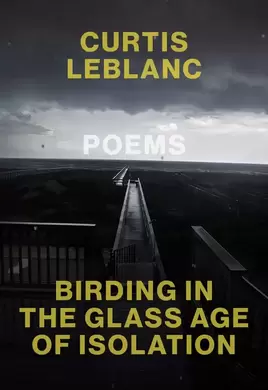Curtis LeBlanc's Birding in the Glass Age of IsolationReviewed by Aaron Schneider
|
|
The first part of Curtis LeBlanc’s sophomore collection, Birding in the Glass Age of Isolation, begins with an epigraph from CD Wright:
|


